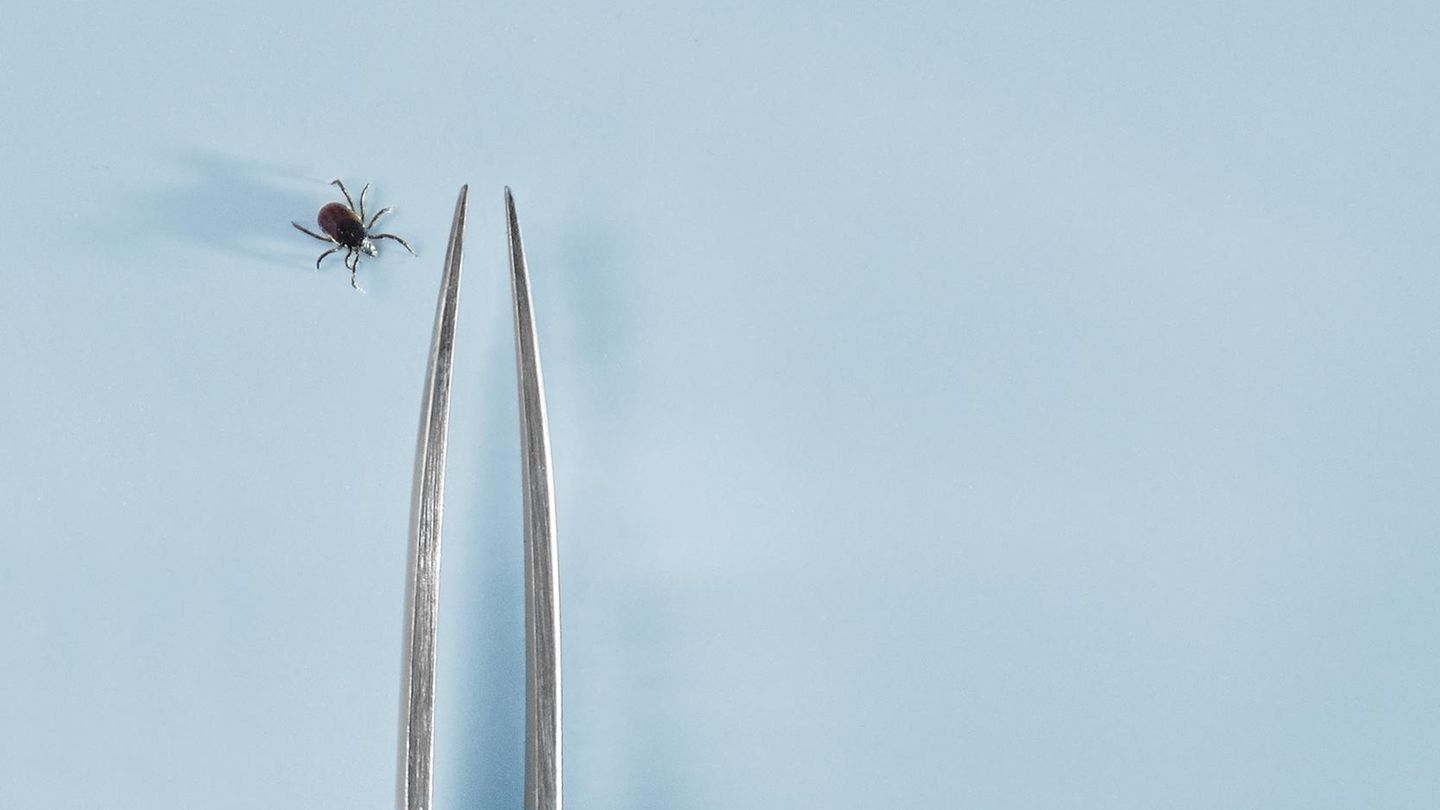I’m Caroline, a journalist and author for 24 Hours Worlds. I specialize in health-related news and stories, bringing real-world impact to readers across the globe. With my experience in journalism and writing in both print and online formats, I strive to provide reliable information that resonates with audiences from all walks of life.
Menu
Remove ticks: methods, aids and possible errors
Categories
Most Read
Happiness Research: Are Young Adults Unhappier Than Before?
October 14, 2025
No Comments
Assets: How to Protect Grandma’s House and Belongings
October 13, 2025
No Comments
Time change again: Why hasn’t it been abolished yet?
October 13, 2025
No Comments
PFAS: Greenpeace warns about eternal chemicals in fish and shellfish
October 13, 2025
No Comments
Anxiety Rings: How anti-stress rings relieve inner restlessness
October 12, 2025
No Comments
Latest Posts

Receiving a pension even though you have never worked – you can get that
October 15, 2025
No Comments
Lack of retirement provision How much pension do you get if you never worked? Listen to article Copy the current link Add to watchlist What

Car batteries: Battery manufacturer CATL expands testing capacities
October 15, 2025
No Comments
AngelicaI am an author and journalist who has written for 24 Hours World. I specialize in covering the economy and write about topics such as

Euro today and Euro blue today: how much is it trading this Wednesday, October 15
October 15, 2025
No Comments
October 15, 2025 – 00:00 Look at how much the official euro and the blue euro are trading at. He euro today -without taxes- quotes
24 Hours Worlds is a comprehensive source of instant world current affairs, offering up-to-the-minute coverage of breaking news and events from around the globe. With a team of experienced journalists and experts on hand 24/7.

